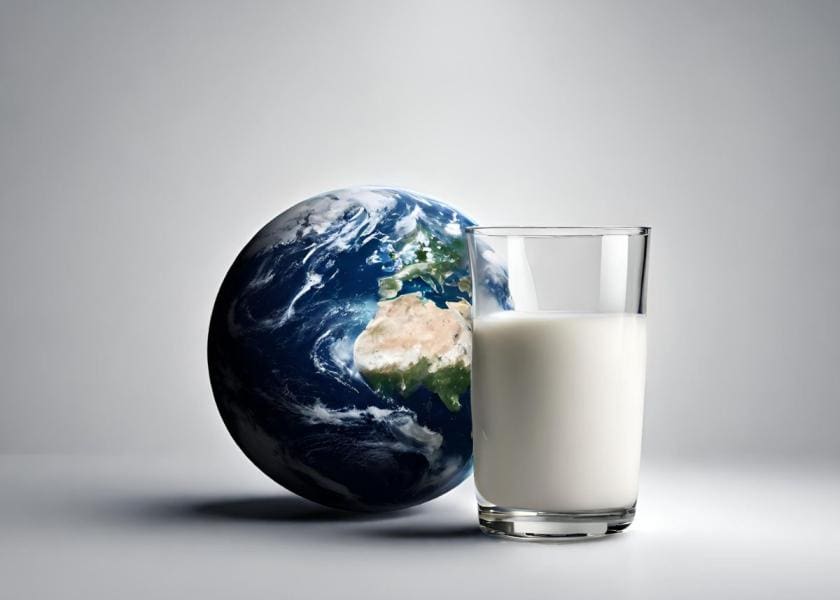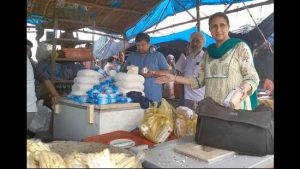
Declining world milk supplies have tightened global dairy markets and contributed to some recent price gains, such as the recent rise in the Global Dairy Trade index. According to Monica Ganley, analyst with the Daily Dairy Report and principal of Quarterra, an agricultural consulting firm in Buenos Aries, “Milk production has been slipping across the world’s main dairy-exporting regions and countries as margin pressures, weather challenges, and regulatory burdens weigh on volumes.”
In October, combined output across the world’s top-five dairy exporters fell 1.2% below year-earlier levels, marking the third consecutive month of contraction and the deepest year-over-year loss since May 2022. The most severe absolute losses occurred in Europe, Ganley said. In the European Union and United Kingdom combined, milk production tumbled 1.7% in October, a drop of 224,000 metric tons (MT).
“The reduction in the EU and UK milk supply represented 70% of the total decline seen across all the key exporters. Industry stakeholders suggest that falling milk prices this past autumn undermined profitability, and as expectations intensified for an increasingly restrictive regulatory environment in Europe, many producers chose to exit the business permanently,” Ganley said.
Meanwhile, in Argentina, where a new government has created an economic shock, output fell 4.3%, or 49,000 MT. Argentina’s new president, Javier Milei, has promised to restore the country’s ailing economy by slashing government spending and implementing sweeping reforms. Many of the proposed reforms have profound implications for the agricultural and dairy sectors, Ganley reported. In the first week following his inauguration, Milei announced a more than 50% devaluation of the official exchange rate, which will have multiple impacts for the dairy industry, she said.
“For exporters, it will increase the amount of money that hits their bank accounts, since exports are paid at the official rate. However, it will also make dollar-denominated inputs more expensive for the sector in peso terms,” she said. “Another key initiative is the implementation of a 15% export tax across nearly all products. However, Argentina’s dairy sector was successful in securing an exemption from this rule. As a result, Argentina’s dairy exports will become more competitive in international markets as export taxes will be 0% as opposed to the 4.5% to 9% levied in recent years.”
“Looking forward, the situation remains precarious,” Ganley said. “Even though most of the factors that have been pressuring milk production lower are likely to persist, global demand remains weak, suggesting that further milk production losses could be necessary before milk and dairy product prices are able to move much higher.”

















